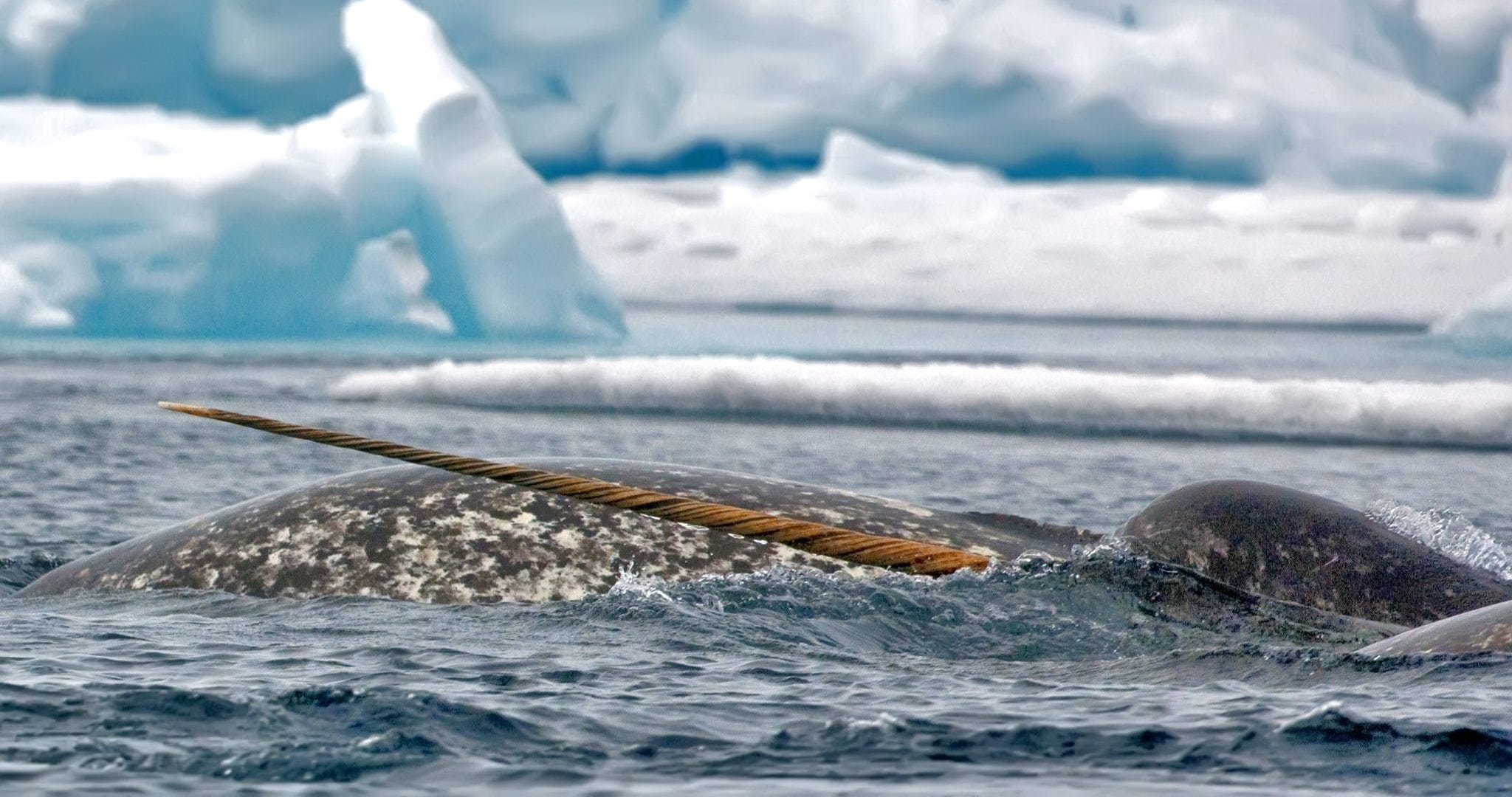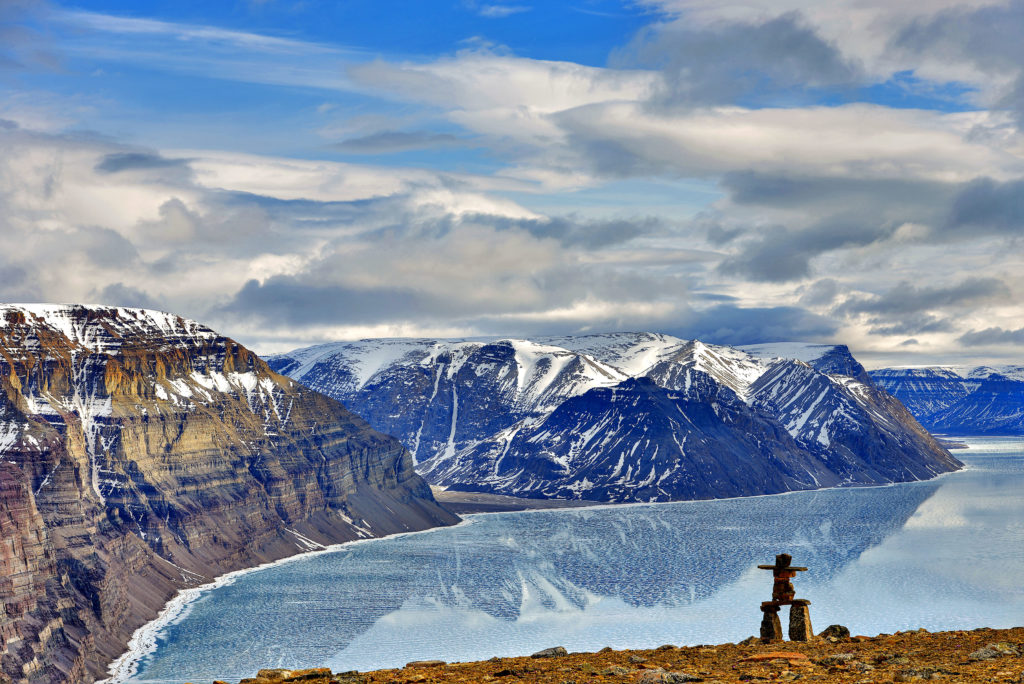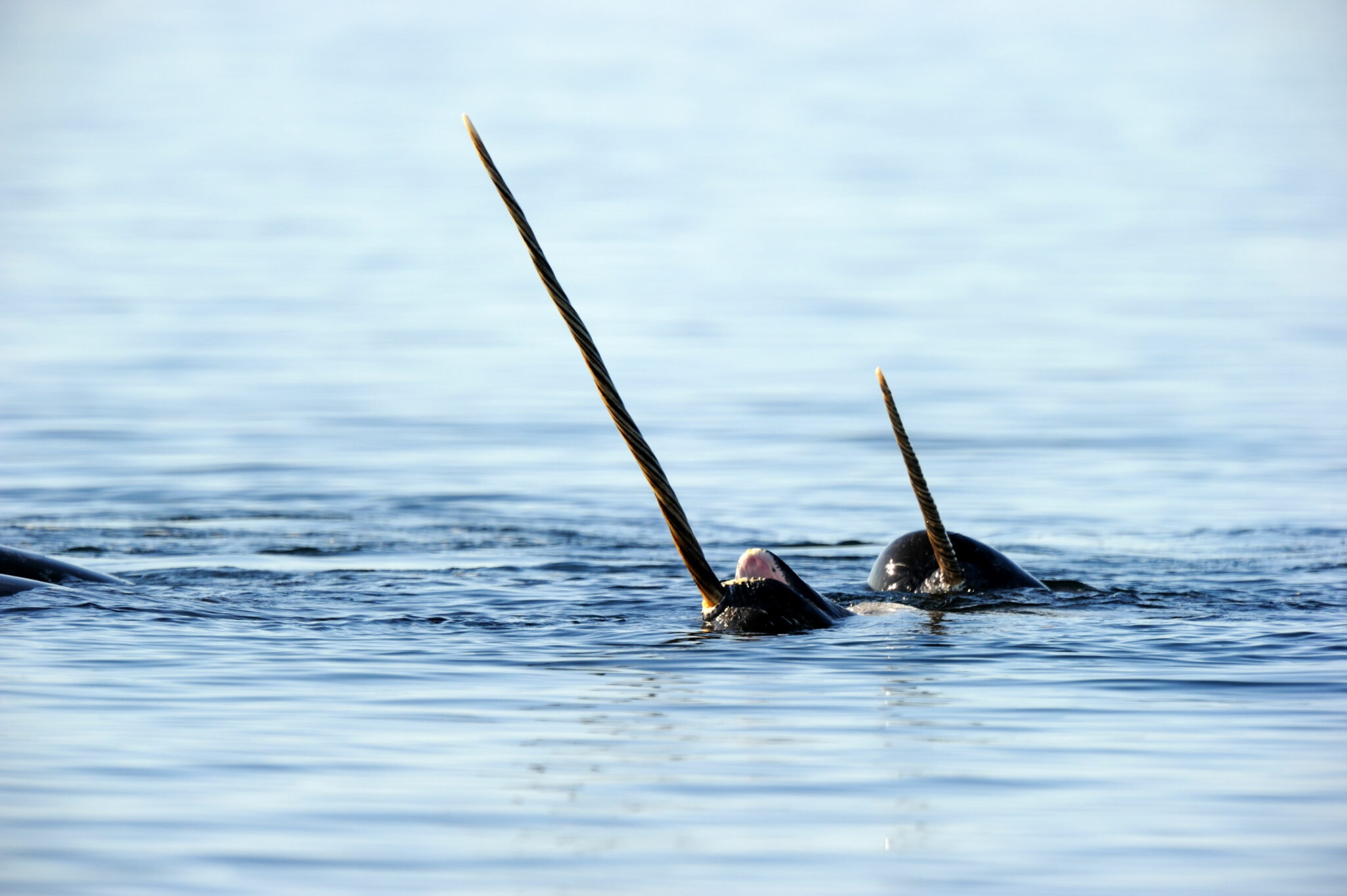The Canadian Arctic is one of the most unique ecosystems on Earth. While other countries have Arctic territories, they rarely offer what the Canadian Arctic does, which is wild open pristine landscapes.
It is remote so it is hardly touched by human interaction. This allows animals to run free and unobstructed.
While some animals would be intimidated by the titanic transformation from the summer to winter, others have learned to thrive within this cycle. Certainly, other habitats go through large scale changes through the various seasons, but the Arctic tends to transition between two – and they couldn’t be more opposite.
Animals that choose to live in the Arctic have adapted to survive in the extreme cold but rely on the summer season to develop enough vegetation that a relationship between carnivores and herbivores can prosper.
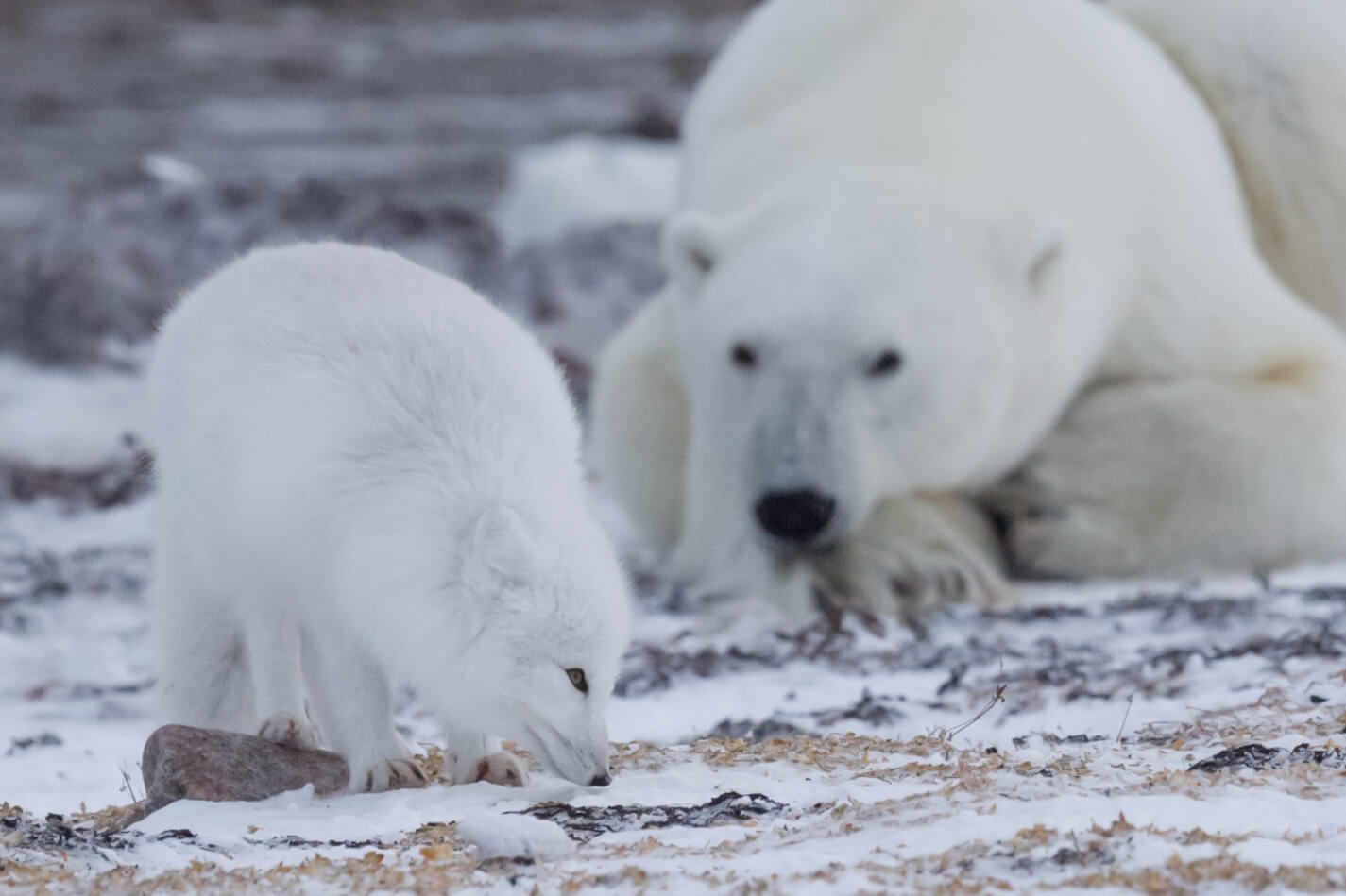
Why Do Herbivores Live in the Arctic
For most people, their image of the Arctic is a barren and frozen expanse with little life and vegetation. Yet, the summer hosts a tremendous amount of growth and provides enough food for the animals willing to brave the harsher winters.
With 24 hours of sunlight in the summer, this allows small trees, shrubs, plants and flowers to grow. Understandably the trees and shrubbery are dwarf species like Arctic willows and the flowering plants grow in sheltered areas but there one vegetation that grows in abundance, grass and lichen.
The Canadian Arctic hosts a vast array of geographic habitats that allow a wide diversity of terrain. The mountains and rocky hills provide shelter for the delicate plants, but the vast tundra offers incredible amounts of space for grasses, mosses, herbs and lichen to grow.
The vegetation of the tundra provides travelling herbivores, like caribou and musk ox, the vital food they require and continue to seek out. The large-scale spaces that the Canadian Arctic provide allows those animals to continue to seek out new feeding grounds so that they never over consume the vegetation in any one place. This means that they can find food all year-round.
Therefore, the success of the vegetation in the Arctic is closely tied to the remote habitat but also the dramatic shift in seasons. While the summer allows plants and grasses to grow, the winter provides the opportunity for that same vegetation to decompose and create a cycle of healthy organic matter to provide the nutrients for them to grow again the next summer.
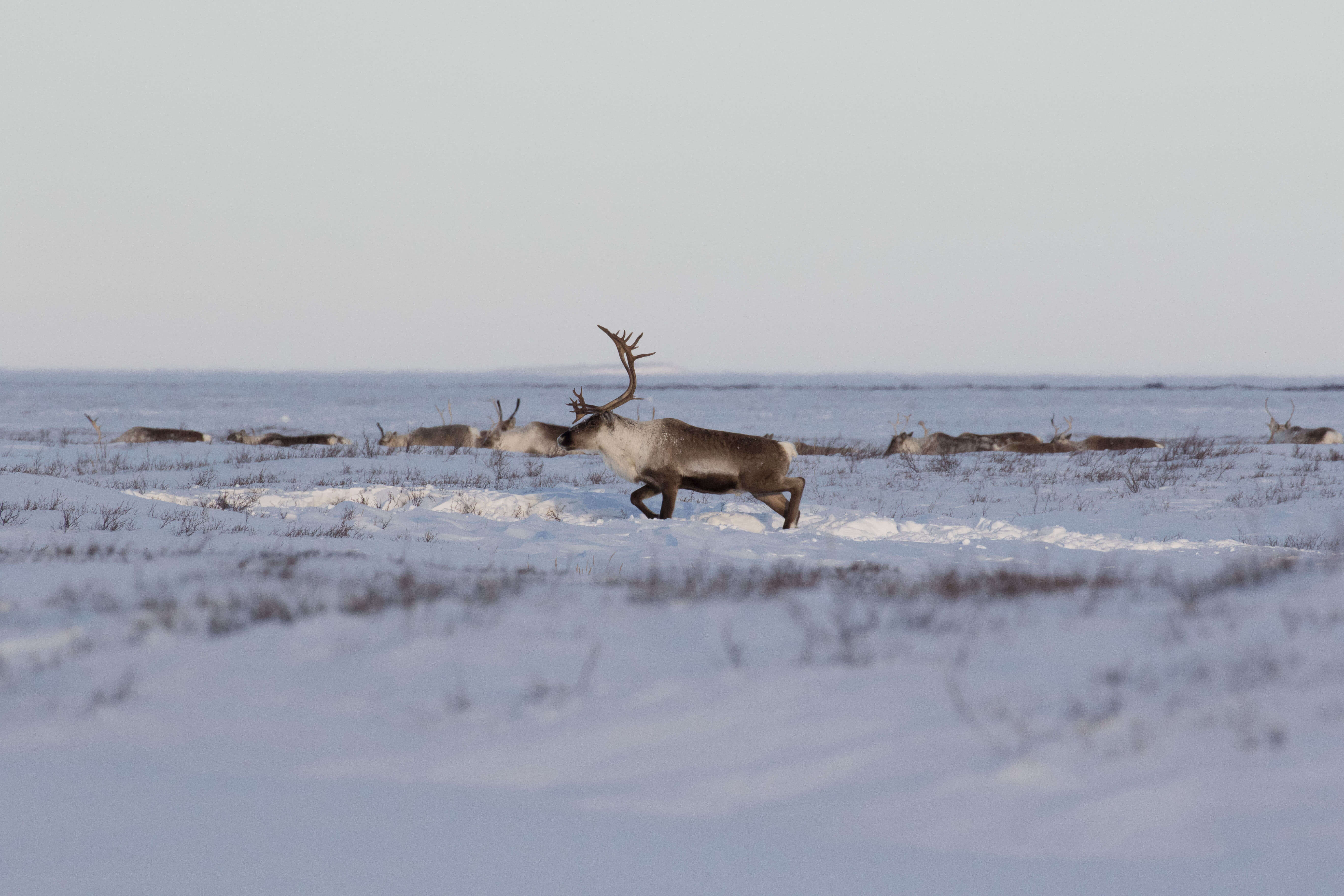
Why Do Carnivore Live in the Arctic
Simply put – they live there because there is enough vegetation for herbivores. Although the Arctic is a fragile habitat, the animals that do live there are linked in a very intimate and symbiotic relationship.
The fact that there is enough vegetation for herds of caribou, musk ox, birds and Arctic hare to live in the Arctic there are naturally predators that were drawn to these remote places.
Carnivores, such as Arctic wolves, will follow these herds and are not overly picky about their habitat as long as there is food for them to hunt. Yet, not all of the carnivores rely on following their prey.
Animals like polar bears, ermine and birds like snow owls and hawks go looking for prey. The thing that allows them to thrive is that they don’t have significant competition.
They are drawn to the Arctic because there are so few carnivores hunting for the limited amount of food. Birds who keep a keen eye out for the rare mole or hare that travel into their domain have the opportunity to focus on the prey rather than fighting off other predators.
Even the worlds’ largest carnivore is able to call the north their home because they have so much space to themselves. Polar bears are famously solitary animals, largely in part because they require so much food to sustain themselves.
Polar bears are most successful at hunting during the winter because they can walk out onto the sea ice and wait for seals to pop up through a breathing hole. Luckily, the vast expanse of frozen ocean creates an enormous territory, so they rarely run into another bear.
It is difficult for them to maintain the amount of mass a polar bear requires to survive the cold and the summers when they are rarely successful hunting due to the speed of seals in open water. They are not the largest carnivore because they have an endless supply of food, it is because of the necessity to store as much fat as they can to last through the year.
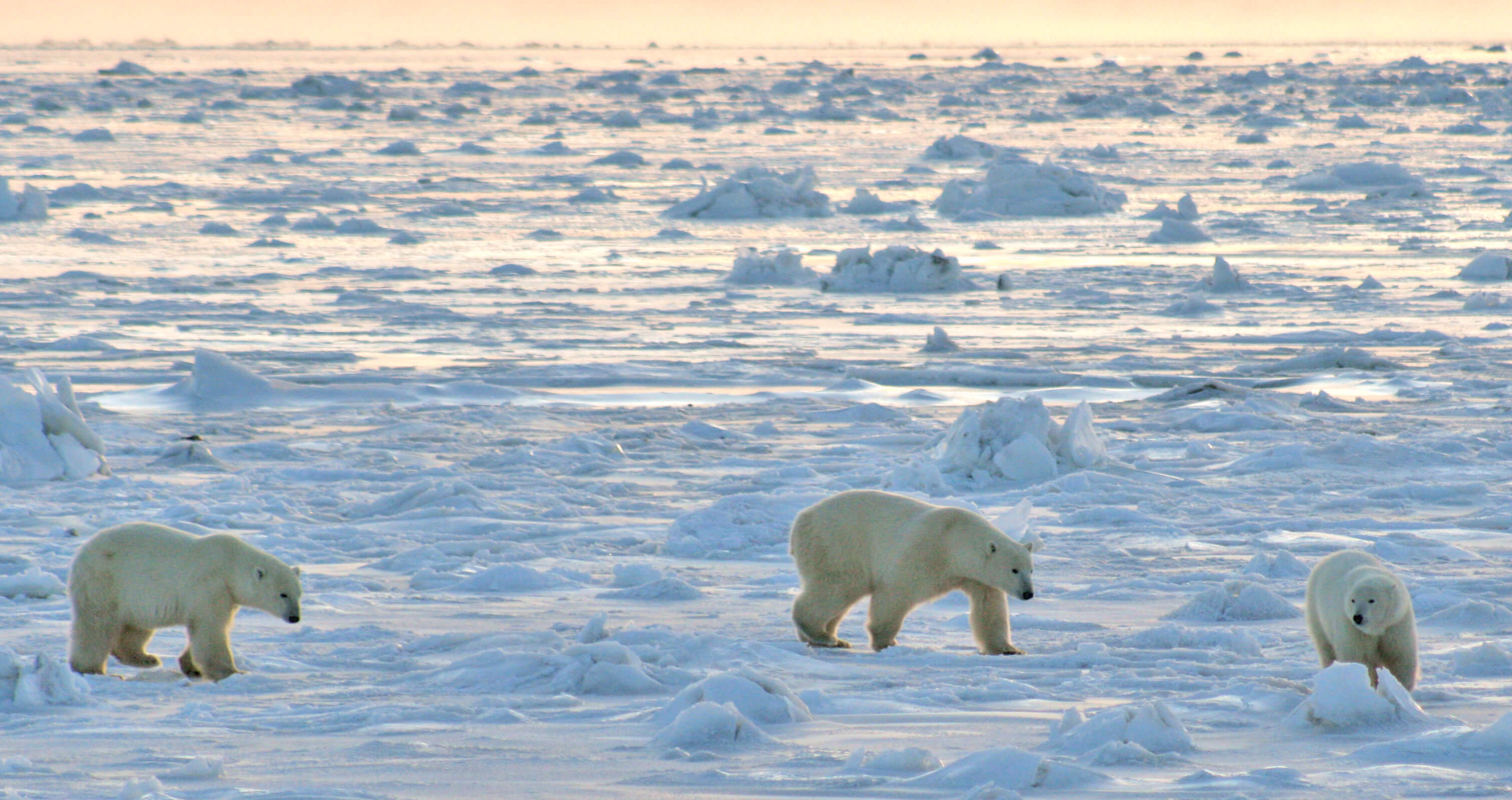
How You Can See These Arctic Animals
Travelling to the Arctic can seem daunting because of how remote it can be but that is the very reason that people dream of seeing these animals in person. They are found in environments that most people don’t visit and seeing these incredible animals is so rare.
You can find some of them in zoos but when you picture taking photographs of polar bears you don’t want it to be in a small tank; you want it to be among icebergs and roaming an endless tundra.
At Arctic Kingdom, we use two decades of experience to bring you to the best locations to see these animals within their own habitats. Our local Inuit guides know the area better than anyone and have a deep understanding the animals’ patterns and movements.
This allows us to provide stress-free but remarkable viewing opportunities of some of the most exciting animals in the world. With more than 20 years of providing wildlife and Arctic adventures, our team will make travel simple and ensure you can sit back and enjoy every moment of your trip.
Make your dream of seeing Arctic wildlife a reality with Arctic Kingdom. Explore our year-round adventures to find the experience you want and leave everything else to us.
Visit our Arctic Tours here.
If there is an destination or animal you are interested in that you can’t find on one of our tours or then visit our Private Journeys to build a custom experience based on your Arctic goals here.


